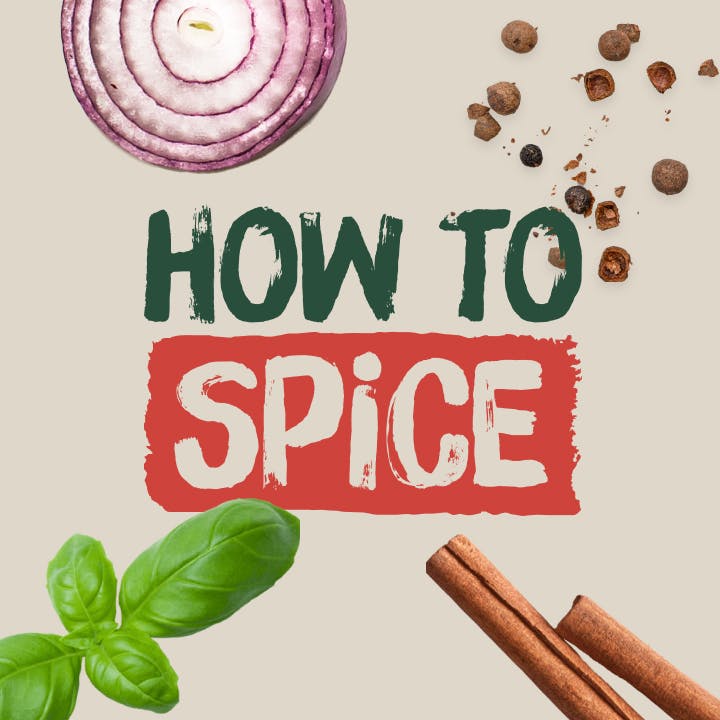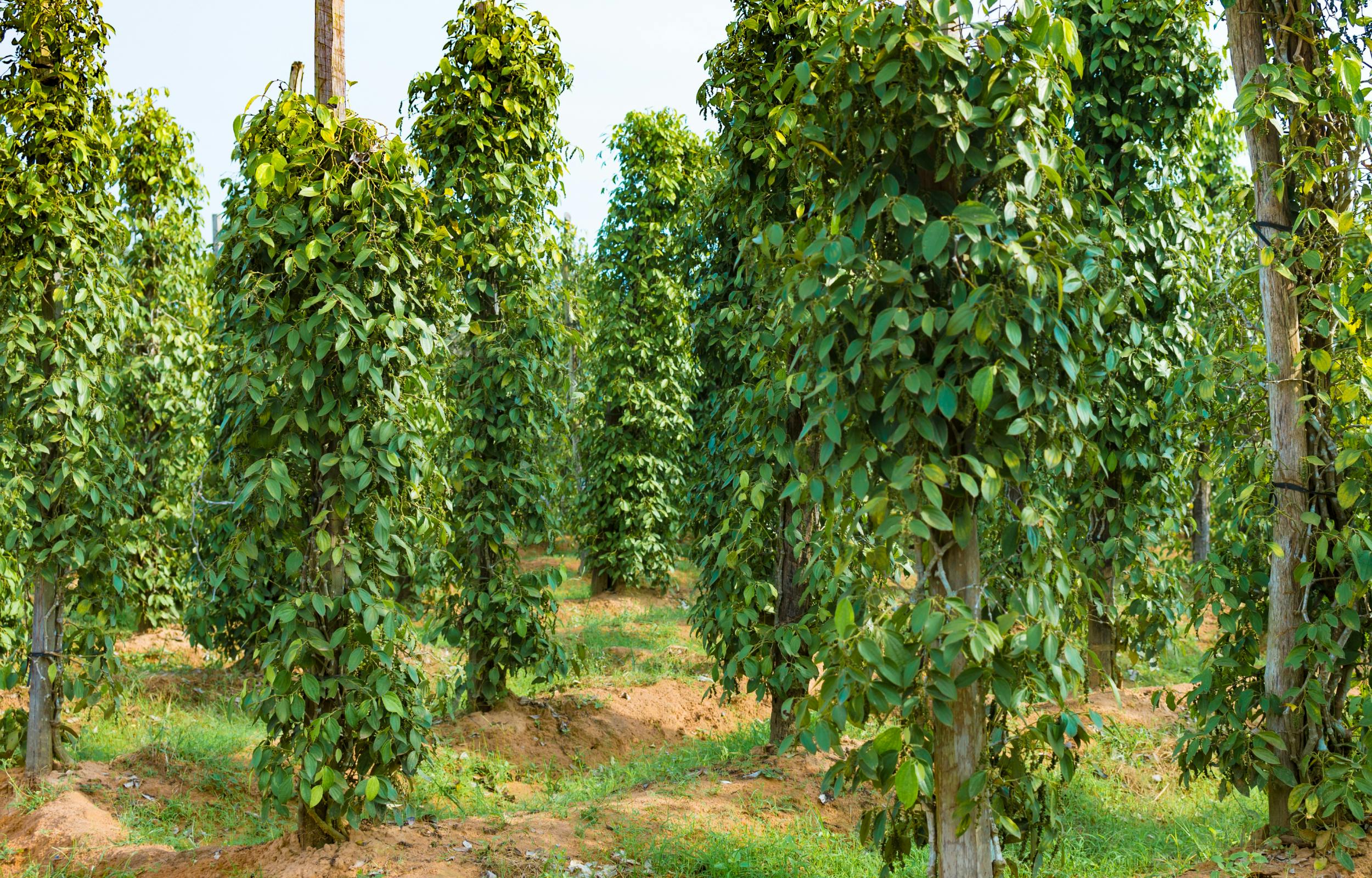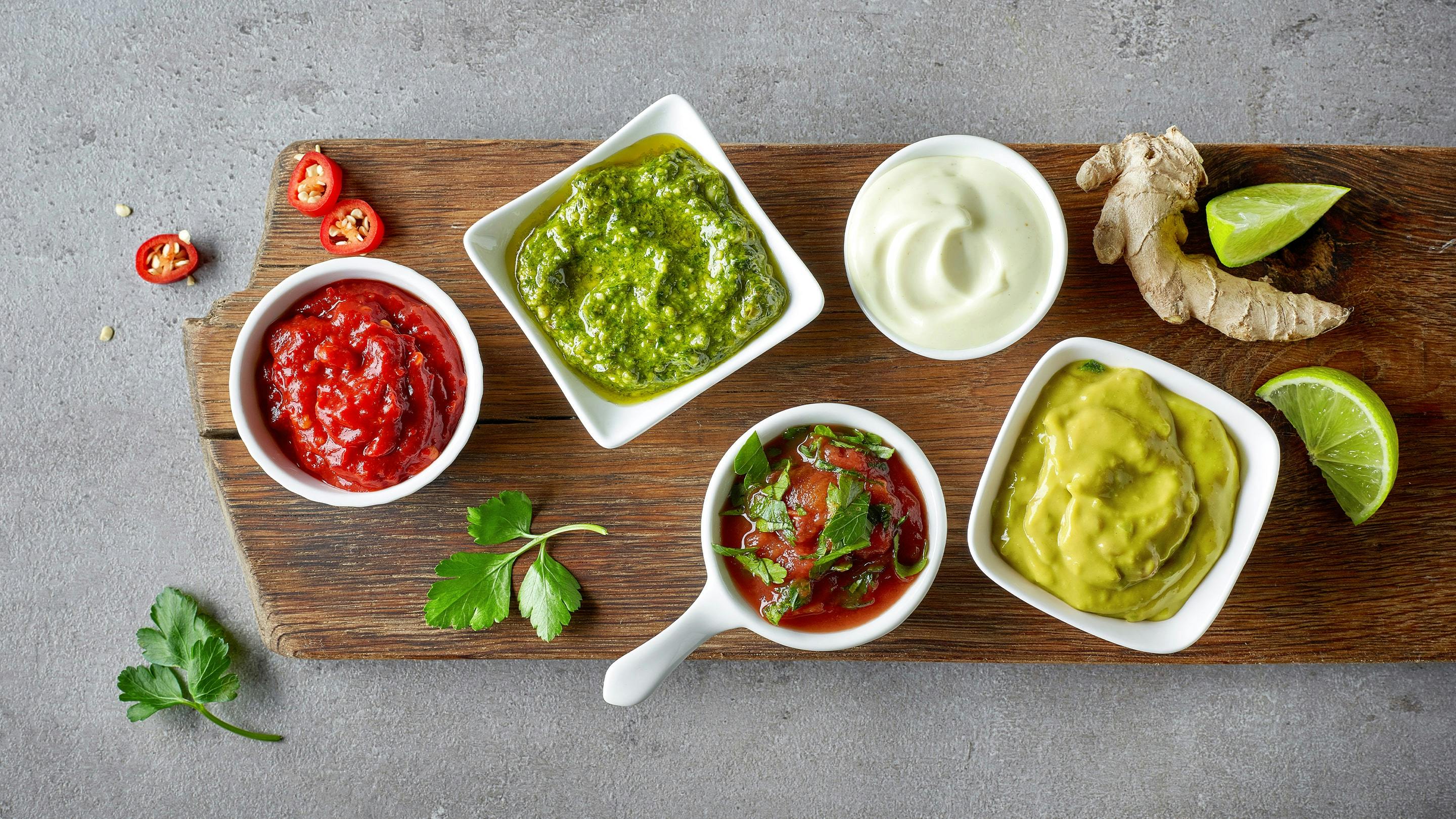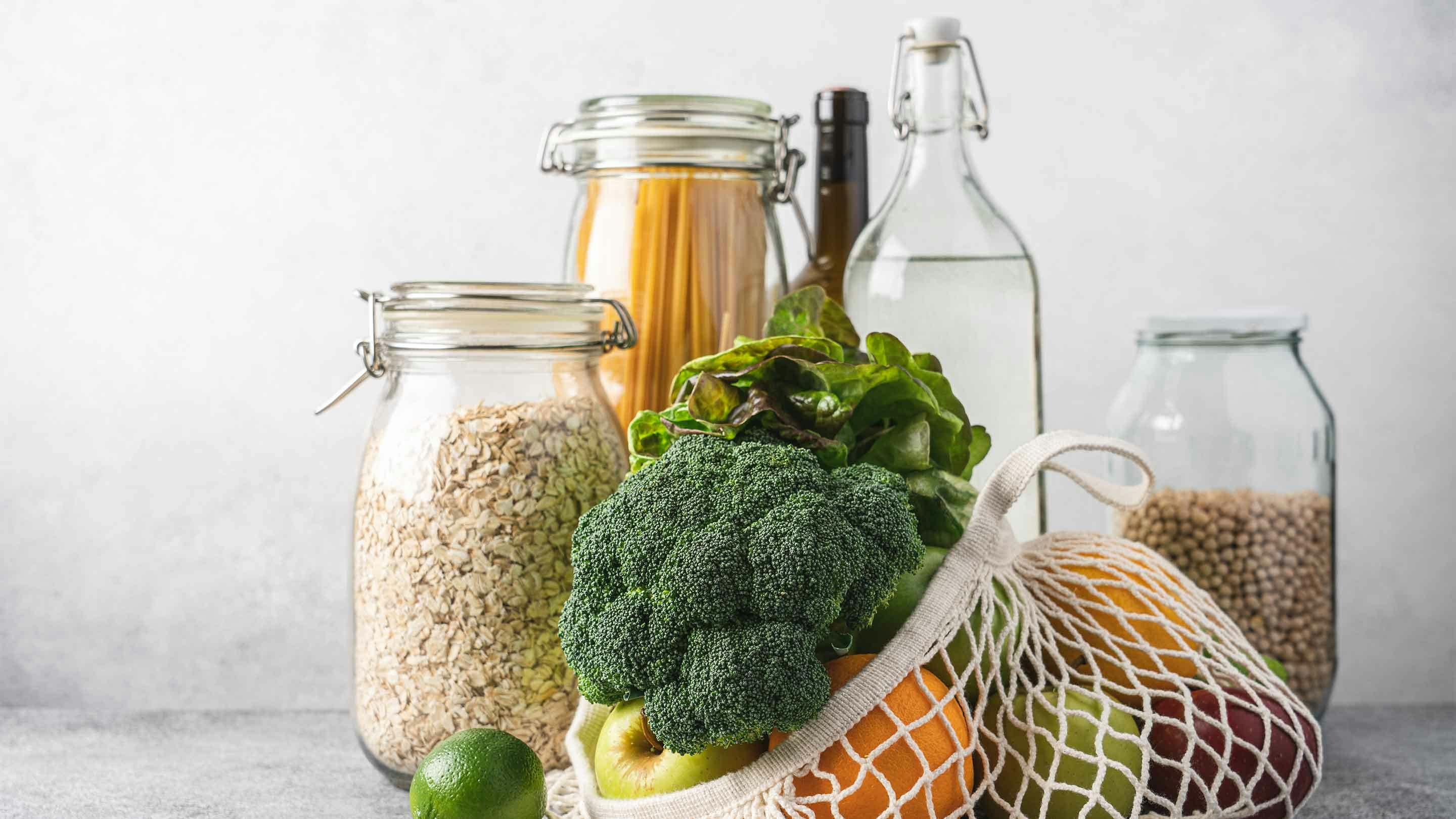
Discover our spice hub
Sometimes you just can't get enough of spices: Learn all about how to elevate your dishes in our new knowledge base!
Pepper is one of the most widely used spices and is used in kitchens around the world. Numerous wars were fought over the valuable pepper berries, which were long considered as valuable as gold. Venice's wealth is also closely linked to the fruits of the pepper plant, and Venetian trade in pepper was of great importance until the 16th century.
Not all pepper is the same
All ‘real’ pepper varieties come from the same plant, Piper nigrum, but their colour reveals a lot about how they are processed and their flavour. Knowing these differences allows you to use pepper more consciously in the kitchen – depending on the dish, intensity and desired flavour.
Black pepper – the classic
Black pepper is harvested as soon as the lowest fruits begin to ripen. It then undergoes a fermentation process and is subsequently dried, which gives it its wrinkled, dark surface and typical strong aroma with a subtle spiciness.
It has a universal flavour and gives dishes the typical spicy, aromatic pepper taste.

White pepper – the light one
White pepper is either produced by peeling black pepper or harvested like black pepper, but immediately after harvesting it is placed in water to remove the outer shell and then dried.
Unlike black pepper, it is milder, slightly earthy and ideal for light-coloured dishes where the appearance of black pepper is not desired.
Green pepper - the fresh one
Green pepper is harvested while still unripe and either pickled or freeze-dried.
It is mild, has a certain freshness, without losing its slight spiciness. It is often used in light sauces and in meat, but green pepper is also popular in cheese production (pepper in cheese) for soft and sliced cheese.
Red pepper - the rare one
This type of pepper is harvested when fully ripe and simply dried, without any fermentation. Red pepper has a complex aroma and is less spicy, but is very rarely found on spice shelves. The reason for this is the time consuming harvesting process, as the fully ripe red pepper berries spoil very quickly due to their high sugar content, which in turn leads to lower yields and high prices.
Pink berries - not pepper
Not ‘real’ pepper, but often (and incorrectly!) referred to as pepper. Pink berries do not come from the pepper plant, but from the Brazilian pepper tree (Schinus terebinthifolia), a member of the sumac family. They taste sweet, slightly resinous and only subtly spicy, which is why they are more suitable as a delicate topping and for visual accents than for classic seasoning.
Spice up the web! Share this article on...
Read more
Currently Viewing: 1 of










